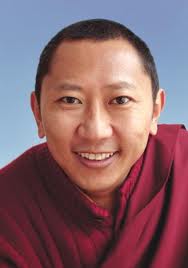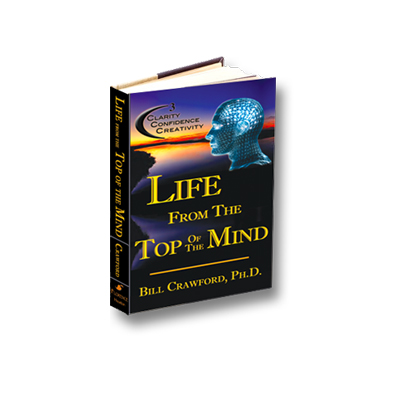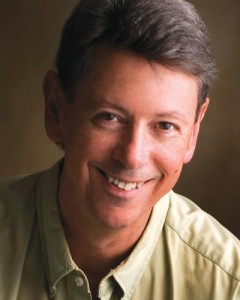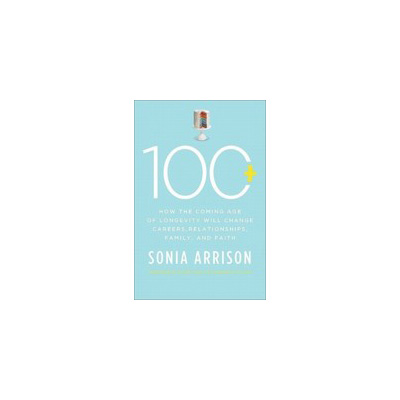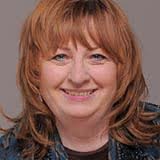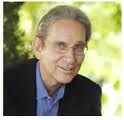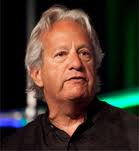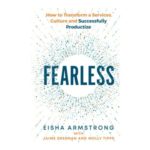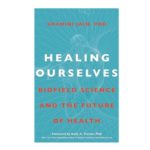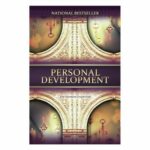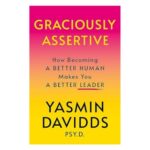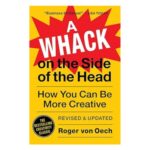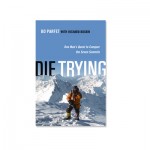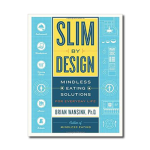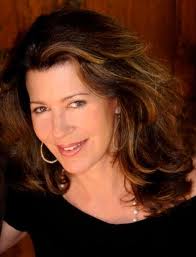 There has been lots of discussion about the importance of exercising our minds so that we stay sharp and astute as we age. I recently had the pleasure of interviewing both Michale Gelb and Kelly Howell the authors of a great new book entitled “Brain Power, Improve Your Mind as You Age.”
There has been lots of discussion about the importance of exercising our minds so that we stay sharp and astute as we age. I recently had the pleasure of interviewing both Michale Gelb and Kelly Howell the authors of a great new book entitled “Brain Power, Improve Your Mind as You Age.”
What Michael and Kelly reveal in our interview together is that what we previously thought about aging and our brain is faulty. That current science and the studies being conducted on how our brains work, connect and stay sharp are revealing amazing findings.
As discussed in “Brain Power” their are many factors that attribute to good mental acuity, some of them are optimism, forgiveness, being a life long learner not to mention that nutrition and exercise play a significant role in our minds ability to stay sharp. As a matter of fact, exercise and nutrition the most important factors in our brains health.
I recently conducted an interview with Dr. John Ratey MD and professor of psychiatry at Harvard about his book entitled “Spark: The Revolutionary New Science of Exercise and the Brain”, and he explains that in addition to promoting better muscle tone and cardiovascular fitness, exercise is “one of the best treatments we have for most psychiatric problems.” Ratey presents compelling research demonstrating the efficacy of exercise in sharpening cognition and memory, and in overcoming anxiety, stress and depression.
As Kelly and Michael explain, our environment is another important factor for good brain health. Every aspect of our environment stimulates our brain for better or for worse. The sights, sounds, textures, aromas, tastes, and other sensations that you experience every day serve as nourishment for your mind and spirit. They also state in “Brain Power” that the people that we hang around with and the communities of support we develop are a very big factor on staying brain healthy. Study after study has shown that the bigger or community of support and connect to others is a significant factor in the reduction of dementia and Alzheimer’s disease.
If you are looking to stay mentally sharp today and well into your advanced years, then I highly recommend that you read and study the techniques discussed and taught in “Brain Power“. This book could have a meaningful impact on how you decide to treat your body as well as exercise you mind.
I hope you enjoy this wonderful interview with Michael Gelb and Kelly Howell. For more information about Michael Gelb please click here to be directed to his website, or click here to be directed to Kelly Howell’s website.
